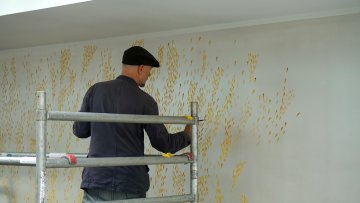Continuum mechanics, uncertainty management, and the derivation of numerical modelling schemes in the area of hydrocarbon resources generation, expulsion and migration over the history of a basin
Abstract
Classically, basin modelling is undertaken with very little a priori knowledge. Alongside the challenge of improving the general fidelity and utility of the modelling systems, is the challenge of constraining these systems with unknowns and uncertainties in such a way that models (and derived simulation results) can be readily regenerated/reevaluated in the light of new empirical data obtained during the course of exploration, development and production activities.


